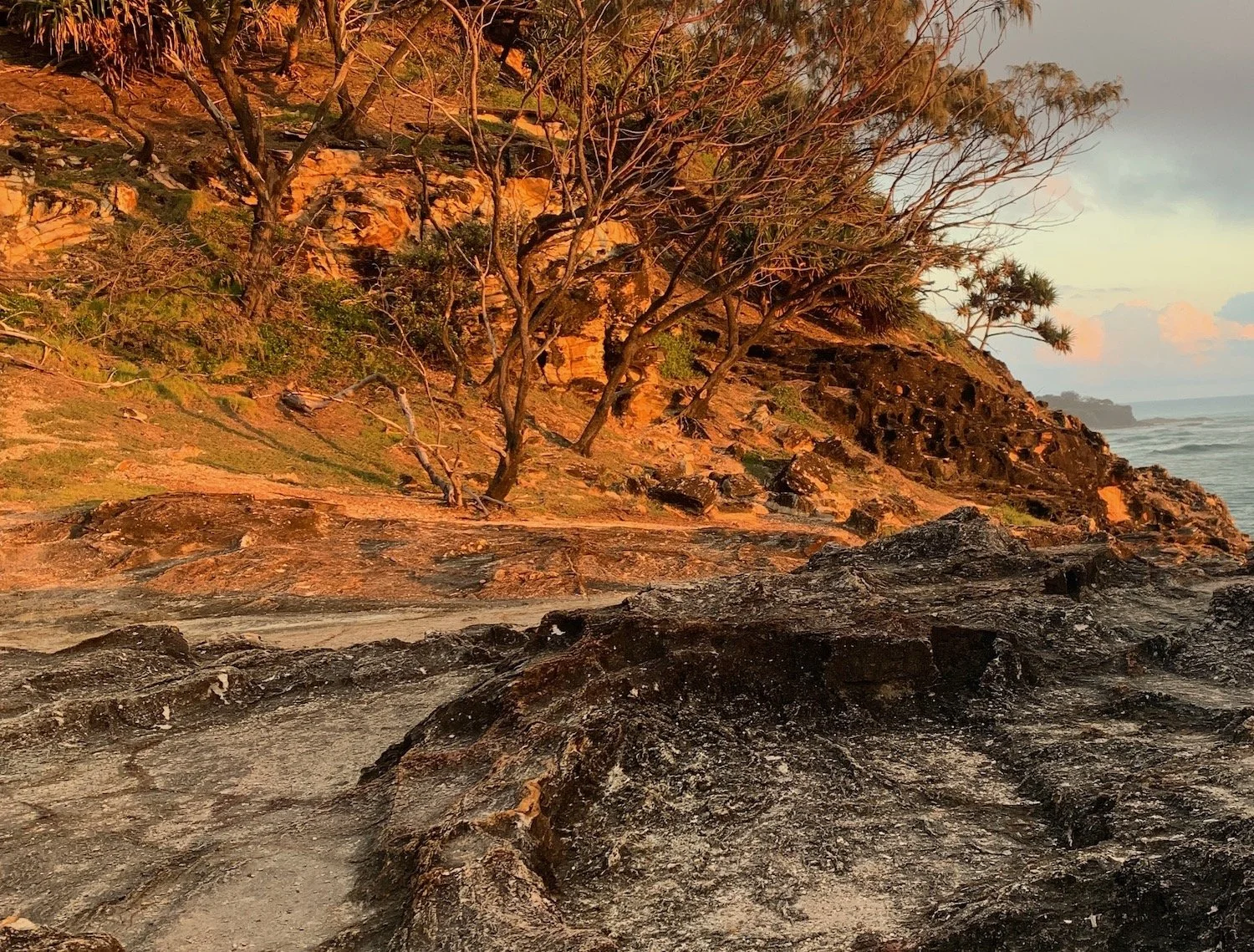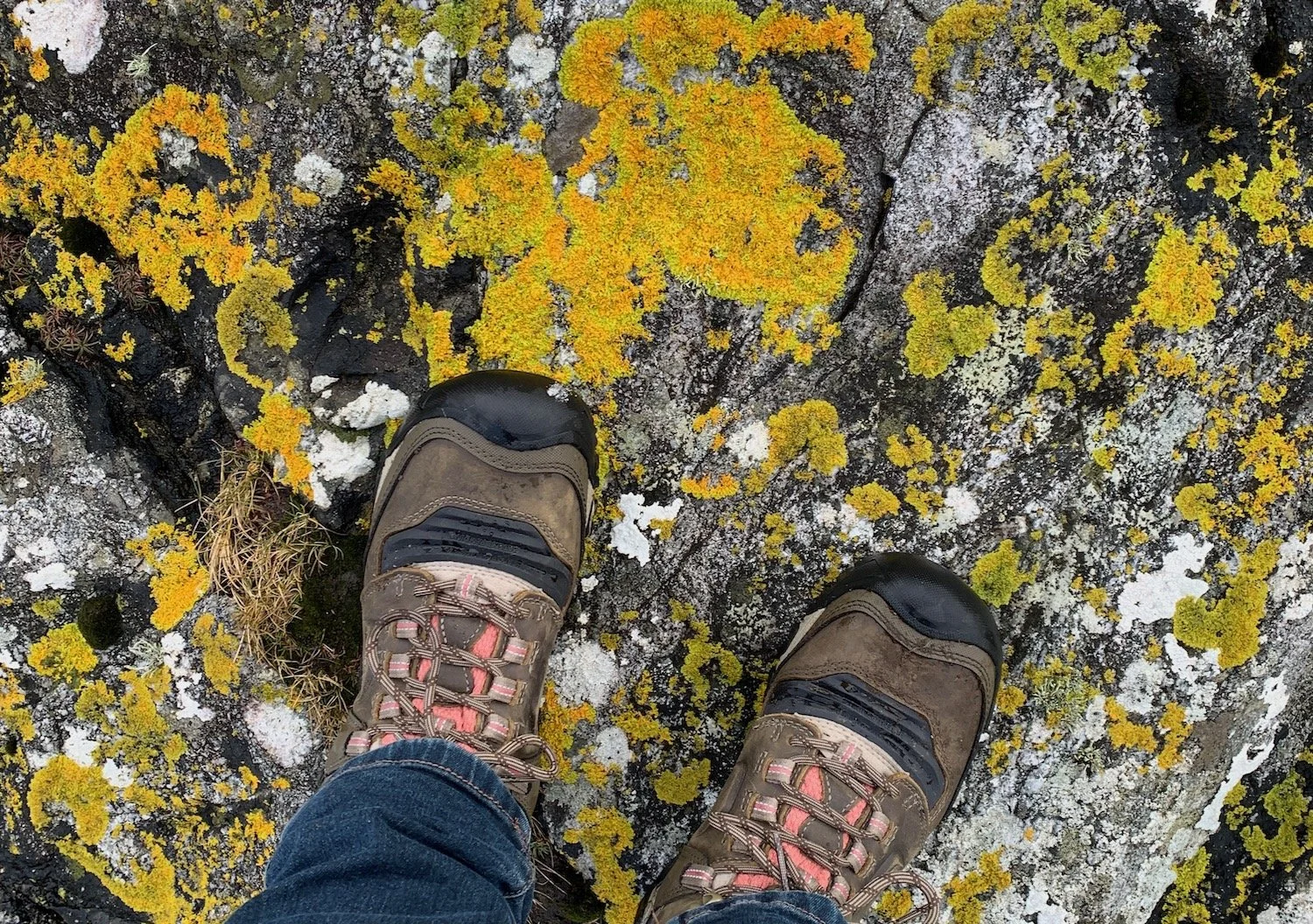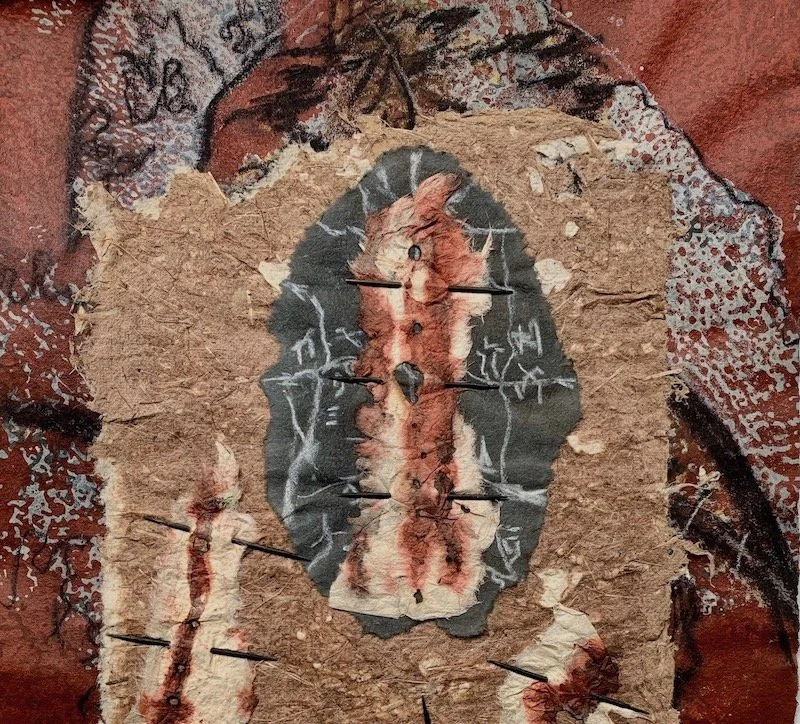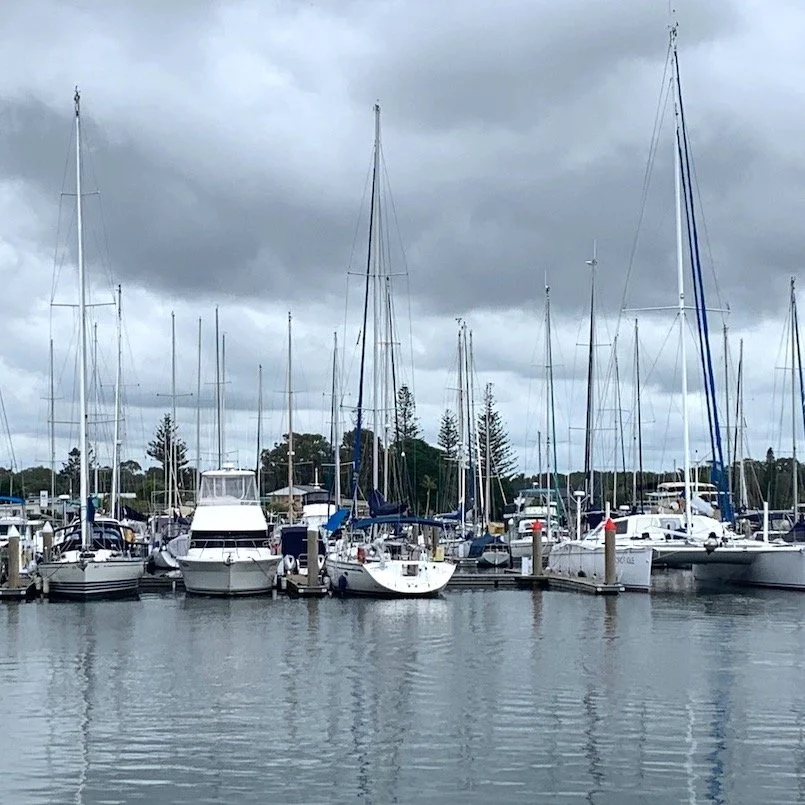Bedrock
Beach sunrise on the rocks, Minjerribah, north Stradbroke Island.
I’m drawn to rocks. The shape and feel of them. The solidness of their being in a landscape, claiming the eye and becoming an attraction, pulling you into an experience of deep time. Rocks that are etched, scratched and striated, hinting at momentous and unseen forces of nature at work over hundreds and thousands of years.
Bedrock is the solid rock underneath the soil, the foundation upon which soil is layered. So strong is this word in our language that we use it to describe all things solid and reliable, the principles upon which we structure our philosophy or way of life.
I was thinking of both these meanings when I came to write about rocks. I realise I have been taking photos of rocks for years in one form or another, especially the cracks and holes in rocks. To me rocks represent our connection to elemental earth. Moss and fungi that cover the rocks are its painted skin, building soil for future plants to put their roots into. Underneath it all is the bedrock, a comfort of stability.
I seek this in my life, some foundational truth upon which to build a way of being in the world. The way we think, act and feel is often conditioned by our environment and early nurturing. Then as we grow older we can modify these to reflect how we want to live our lives.
For me this has always been about creating structures and routines to operate within. My first jobs as an employee were conducted in a ‘working week’, Mondays to Fridays. Saturdays became the day for shopping and seeing friends. When I started working Saturday mornings I was forced to adapt this routine. Then this too changed and I had Saturdays off again which became my wash days.
Routines work, until for one reason or another they don’t. These are the cracks in the rocks that are the instruments of change. It may take millions of years for water and wind to erode the rocks in a landscape, but cracks and seam lines are where those changes begin. The limestone stacks along the Great Ocean Road in Victoria, also known as the 12 Apostles, have been a huge tourist attraction for years. Then at 9:18am on 3 July 2005, one of them collapsed into the sea. Then another collapsed in 2009.
While we can think our routines are as solid as bedrock, when cracks begin to appear, pay attention. For this is the start of change. It is the cracks that allow soil to form and from this new life.
Yesterday I got up early to watch the sunrise at the beach on Minjerribah, north Stradbroke Island. I sat on a rocky ledge and contemplated the sea, the sky and the wonder of the earth’s daily spinning that brings us night and day, its yearly resolution around the sun which gives us our seasons.
I focused my attention on the minute holes in the rocks near where I was sitting. Tiny creatures were already at work building their homes within the shells that had collected and lodged there. Later I walked on the white sands near Brown Lake, a sacred women’s healing site. Sand formed from rocks breaking down over millennia, so slow we don’t see it happening in our lifetime. Yet it is change that is the constant force at work on the bedrock of our lives. It’s the one thing that we can be sure of. The trick is to recognise it when it is happening and to adapt.
Moss on the rocks in Scotland. Already the springy tufted grasses are taking root in the soil that is being built.





